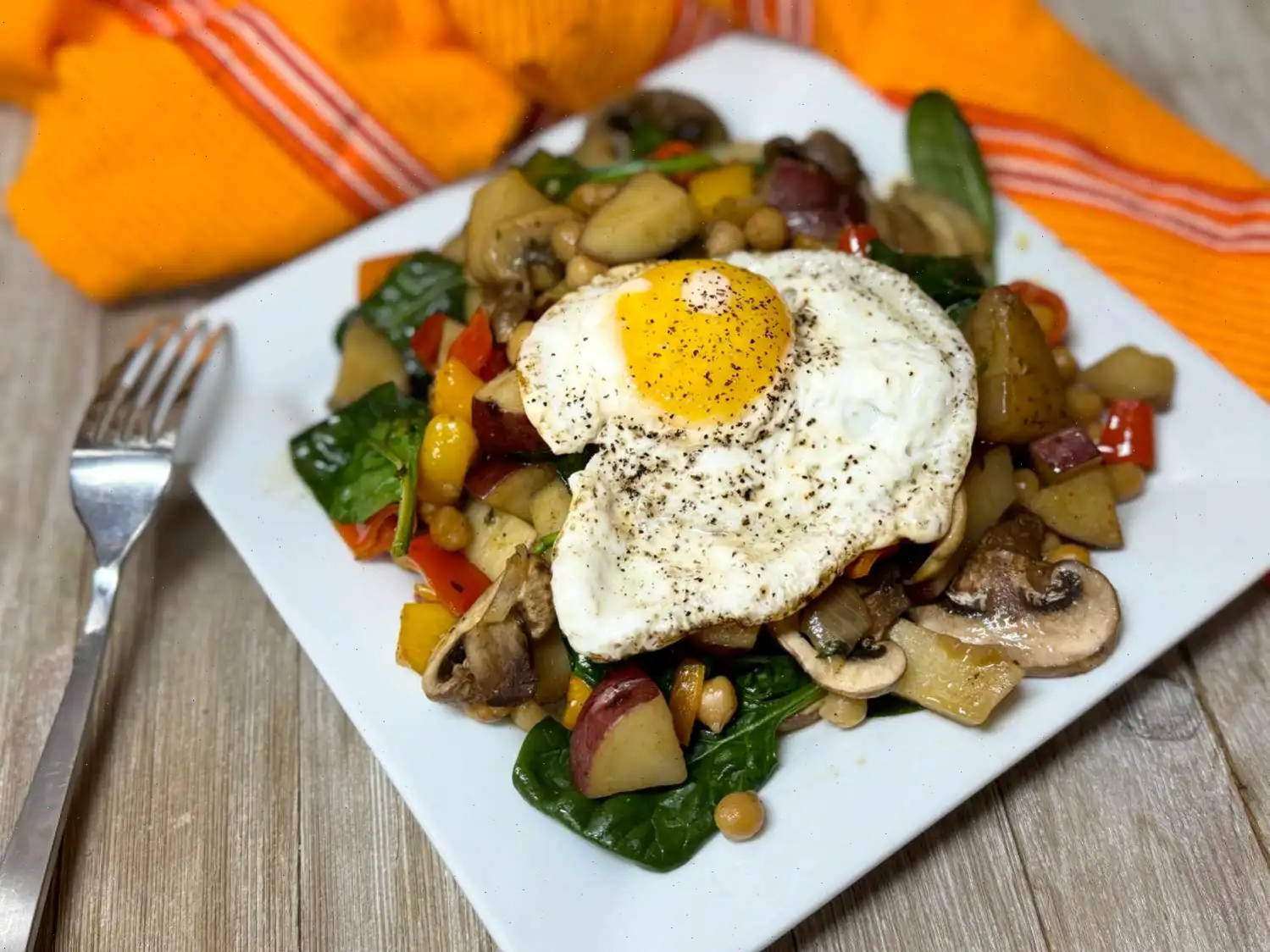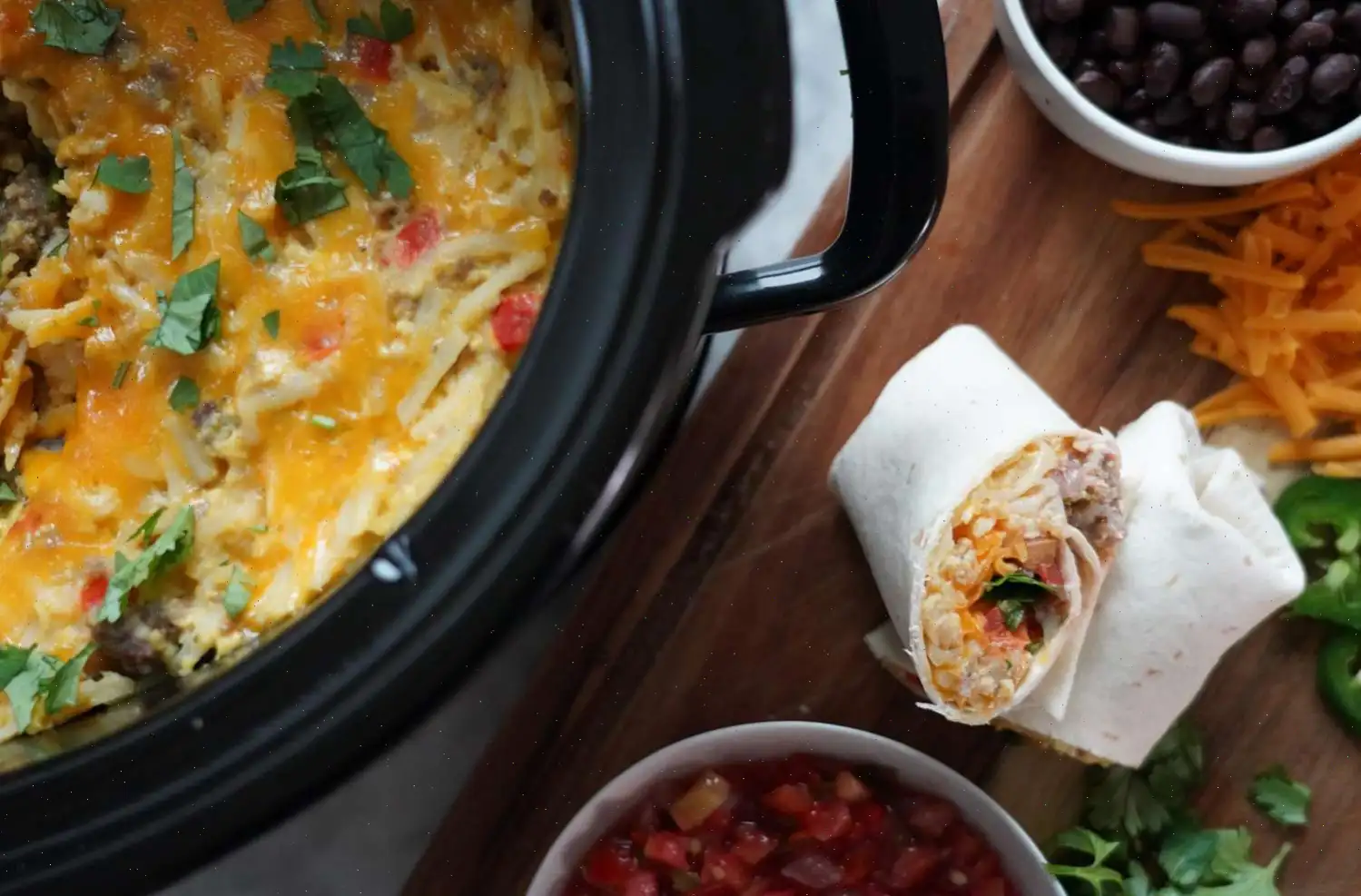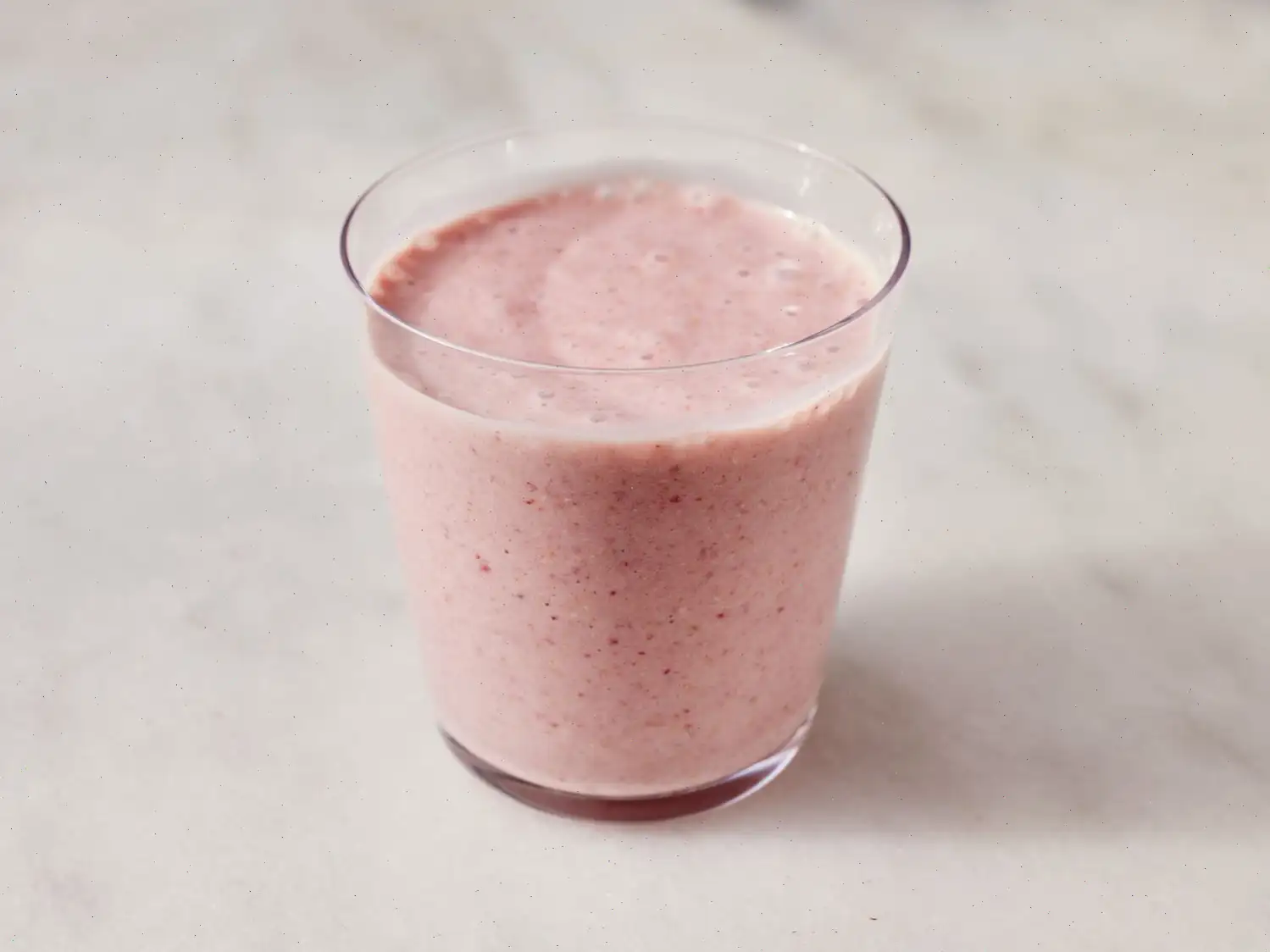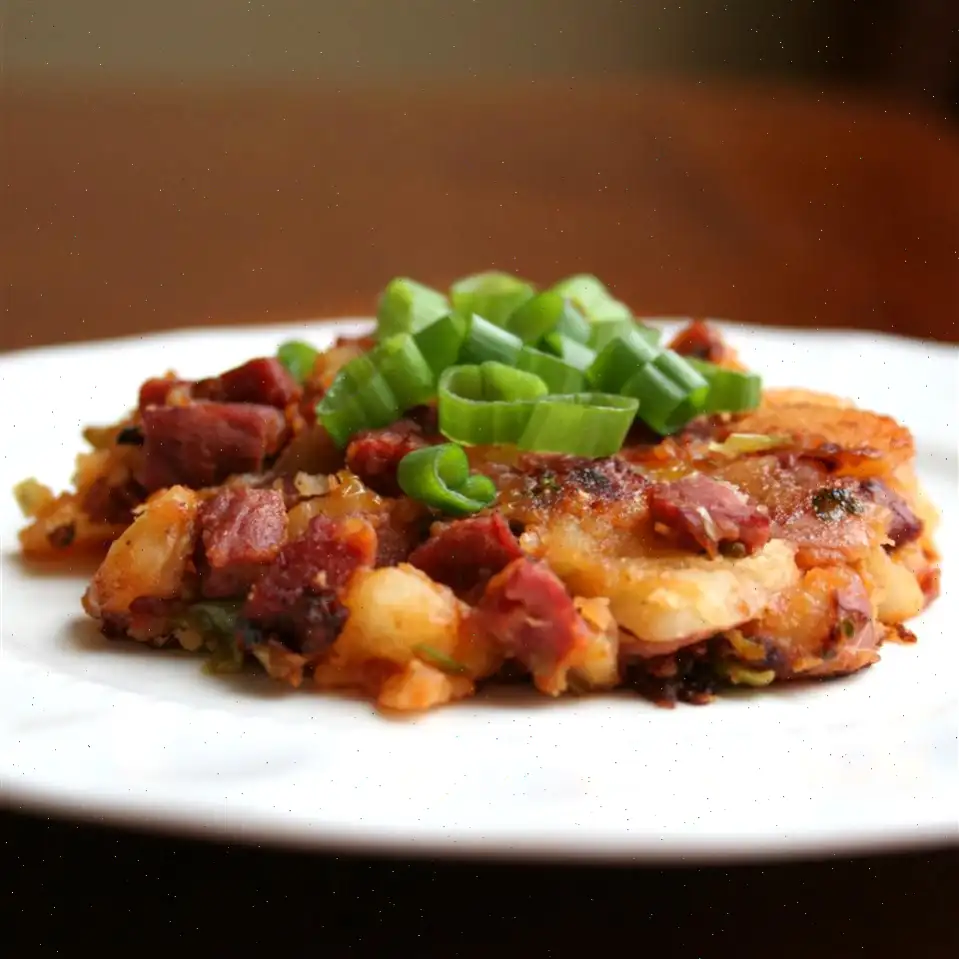
Veggie Hash Recipe
Ingredients
- 2 tablespoons olive oil
- 1 1/2 pounds red potatoes, cubed
- 1 small onion, diced
- 8 ounces mushrooms, sliced
- 8 multicolored mini bell peppers (or 1 large bell pepper, any color), stemmed and chopped
- 1 teaspoon salt
- 1/2 teaspoon smoked paprika
- 1/2 teaspoon dried parsley flakes
- 1/2 teaspoon freshly ground black pepper
- 1 (15 1/2 ounce) can chickpeas, drained
- 1/3 cup packed baby spinach leaves
- 4 large fried eggs (optional)
Directions
- Heat the olive oil in a large skillet over medium-high heat.
- Add the cubed potatoes, diced onion, and sliced mushrooms to the skillet. Cook, stirring occasionally, for about 10 minutes, or until the vegetables begin to soften.
- Stir in the chopped mini bell peppers, salt, smoked paprika, dried parsley, and black pepper. Continue cooking for another 10 minutes, allowing the vegetables to soften and become slightly golden.
- Add the drained chickpeas and spinach leaves to the skillet. Stir well to combine, and cook for an additional 5 minutes, until the spinach is wilted and the mixture is heated through.
- Divide the vegetable mixture between serving plates. If desired, top each serving with a fried egg.
Nutrition Facts (per serving)
| Calories | 501 |
| Total Fat | 17g |
| Saturated Fat | 3g |
| Cholesterol | 184mg |
| Sodium | 930mg |
| Total Carbohydrate | 68g |
| Dietary Fiber | 13g |
| Total Sugars | 12g |
| Protein | 20g |
| Vitamin C | 106mg |
| Calcium | 127mg |
| Iron | 5mg |
| Potassium | 1576mg |
* Percent Daily Values are based on a 2,000 calorie diet. Your daily values may be higher or lower depending on your calorie needs.
The Story Behind Veggie Hash
Veggie hash, as a dish, traces its origins to simple, rustic meals prepared by American farmers in the 19th century. It was initially a method to use up leftover vegetables and potatoes, combining them in a skillet to create a hearty and filling dish. Over time, this practical meal evolved into a versatile breakfast or brunch favorite, celebrated for its simplicity and adaptability. The core ideachopped vegetables sauted togetherreflects the resourcefulness of home cooks in utilizing seasonal produce efficiently.
Regional Variations
While veggie hash is broadly popular across the United States, regional twists add unique flavors. In the Pacific Northwest, chefs often include local mushrooms and kale, whereas Southern versions may incorporate sweet potatoes, bell peppers, and smoked paprika for a slightly spicy, smoky flavor. In urban areas, veggie hash sometimes integrates international influences, like chickpeas, avocado, or vegan cheese, reflecting the diverse culinary culture of the region. These variations demonstrate how a simple base recipe can be tailored to local tastes and ingredients.
How Veggie Hash Differs from Similar Dishes
Veggie hash is often compared to potato hash, breakfast skillet, or even stir-fried vegetable dishes. The key difference lies in its vegetable-forward approach and the inclusion of multiple textures and colors. Unlike traditional potato hash, which centers mainly on potatoes and onions, veggie hash incorporates a variety of vegetables such as bell peppers, mushrooms, spinach, and sometimes legumes like chickpeas. This makes it more nutrient-dense and visually appealing. Unlike stir-fries, its cooked at a moderate heat to allow a gentle caramelization of vegetables, rather than a rapid sear.
Typical Places to Serve Veggie Hash
Veggie hash is commonly served at home for breakfast or brunch, often topped with a fried or poached egg to make it a complete meal. It has also become a staple on caf and brunch menus, especially in urban areas with a focus on plant-based and vegetarian dishes. Some restaurants even pair it with artisanal sauces or avocado spreads to elevate the presentation, making it suitable for both casual and upscale dining. Its adaptability means it can be served as a side dish at lunch or dinner as well.
Fun and Interesting Facts
Interestingly, veggie hash not only serves as a healthy meal option but also acts as a canvas for creativity. The dish allows cooks to experiment with different vegetables, spices, and protein additions, such as beans or tofu. Nutritionally, it is high in fiber and vitamins while remaining relatively low in fat when prepared with olive oil. Additionally, veggie hash has become popular among food bloggers and social media influencers due to its vibrant colors and versatility, often photographed as an Instagram-worthy dish. Its evolution from a simple leftover dish to a trendy, nutrient-rich meal highlights the ingenuity of home and professional cooks alike.
FAQ about Veggie Hash Recipe
Comments
Dorothy Martin
02/22/2025 12:26:45 PM
Rewritten review: Initially, I found the seasoning to be quite lacking for the quantity of potatoes and chickpeas in the dish. To enhance the flavor, I decided to double all the seasonings and incorporate 2 cloves of minced garlic right at the beginning. Additionally, I substituted spinach with kale, as I had some that needed to be utilized. I topped it off with a perfectly cooked over-medium egg, and the result was absolutely delightful!








